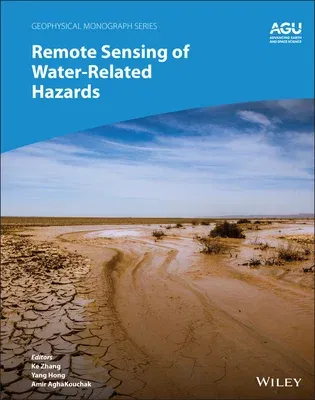Remote Sensing of Water-Related HazardsHardcover, 19 April 2022

Qty
1
Turbo
Ships in 2 - 3 days
In Stock
Free Delivery
Cash on Delivery
15 Days
Free Returns
Secure Checkout

Part of Series
Geophysical Monograph
Print Length
272 pages
Language
English
Publisher
American Geophysical Union
Date Published
19 Apr 2022
ISBN-10
1119159121
ISBN-13
9781119159124
Description
Product Details
Book Format:
Hardcover
Country of Origin:
US
Date Published:
19 April 2022
Dimensions:
27.94 x
21.59 x
1.6 cm
ISBN-10:
1119159121
ISBN-13:
9781119159124
Language:
English
Pages:
272
Publisher:
Series:
Weight:
907.18 gm